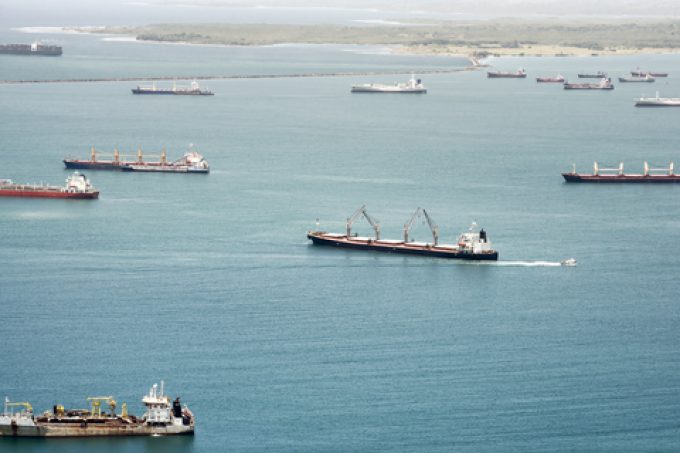Looks like rain: Panama Canal Authority eyes return to normal service
The Panama Canal could be back at nearly full capacity in time for this year’s ...

Water levels in the Gatun Lake – the man-made reservoir which dictates the navigability of the Panama Canal – are again sinking below the 80ft (24.3 metre) threshold and looking set to pass the record low levels seen last year.
Around 8ft lower than ideal for safe navigation, Gatun Lake water levels reached a nadir of 79.24ft in late July and have not recovered much since, reaching a high point of just 81.83ft in November.
Traditionally, Gatun reaches its highest watermark in January, before progressing toward its yearly low point in May, after which its topped by up a rainy season which ends in November. However, last month, water levels were dismal, at just 81.7ft, more than five feet below the level in January 2023.
The Panama Canal Authority does not make projections past April, but if established trends hold this year, levels toward mid-2024 will fall well below last year’s record lows, and could reach as low as 78ft – forcing surcharges of some 6.5%.
“While the current water deficit persists in the canal watershed, the transit reservation system is the only mechanism available to guarantee a transit date,” said the Panama Canal Administration recently. “Therefore, vessels without a reservation may experience indefinite delays.”
The El Niño phenomenon, which causes droughts throughout the southern hemisphere and is regarded as the root cause of the problem, is scheduled to abate this year, which could provided some respite for the canal.
But a recent study from World Weather Attribution, published at end of January, suggests the role of El Niño in the crisis had been overstated, with man-made climate change drastically exacerbating its effects.
Meanwhile, water levels in the Amazon river have barely increased from their nadir of October. Data from the port of Manaus shows the water level of the Rio Negro, one of the two main waterways which merge to form the Amazon, had reached 12.7m, down from 18-20m.
The Amazon may not recover fully until 2026, according to some projections, and in the highly populated Amazonas region, crucial arteries for river-borne trade have been left unnavigable and the number of goods able to be transported has fallen by some 60%, putting strain on the region’s limited road infrastructure and drastically increasing food costs.
Comment on this article